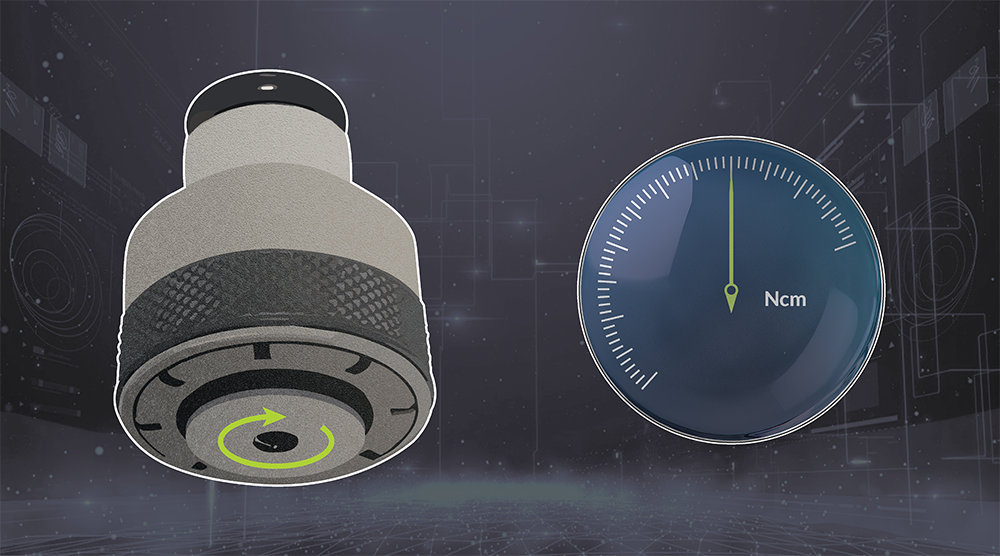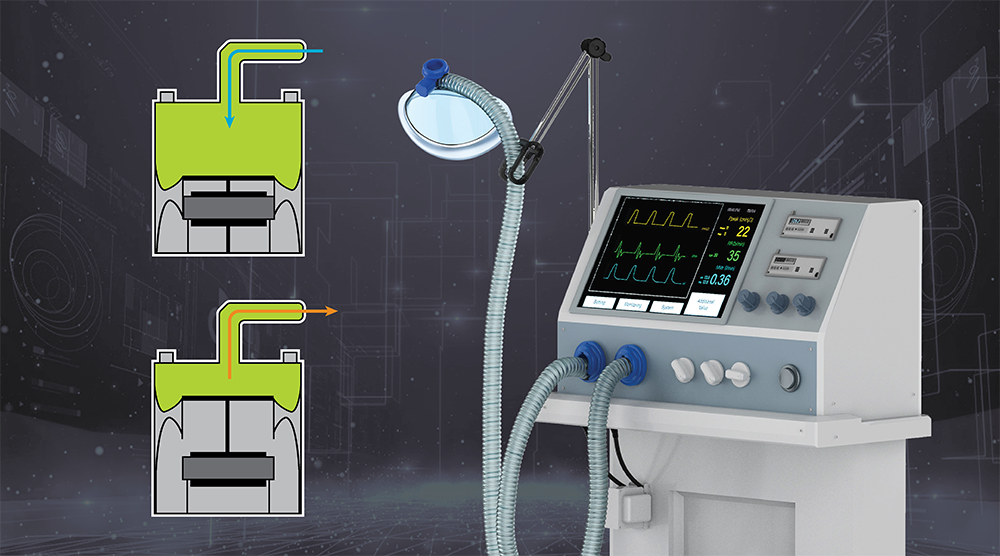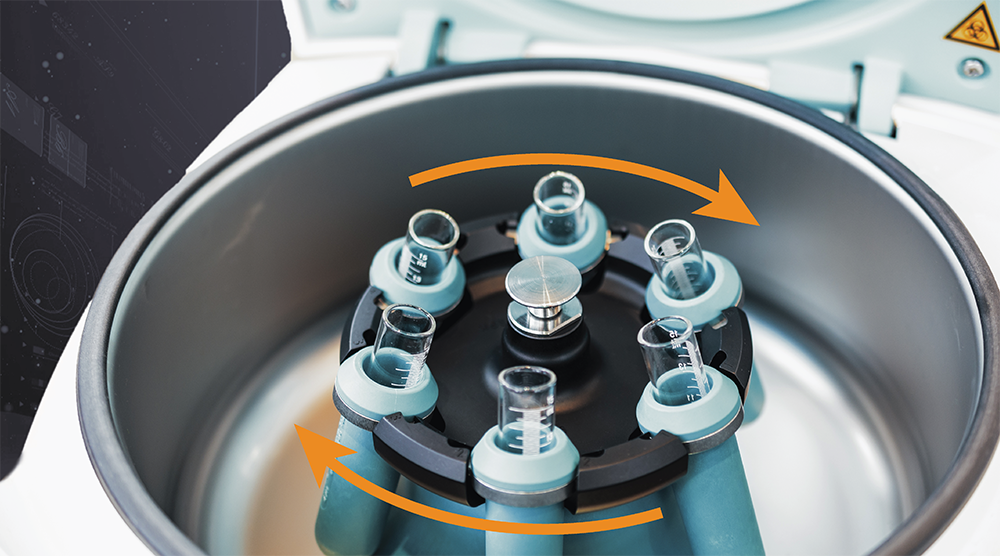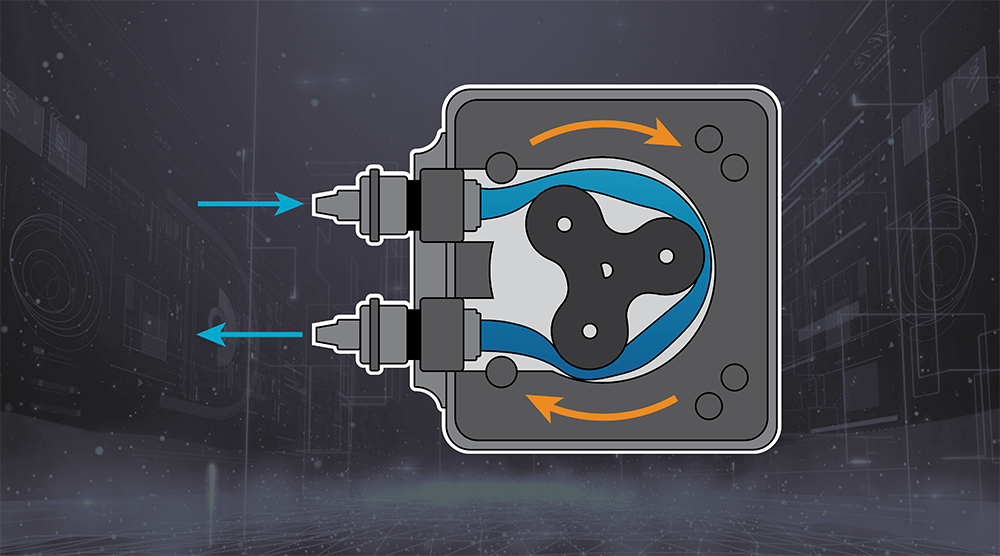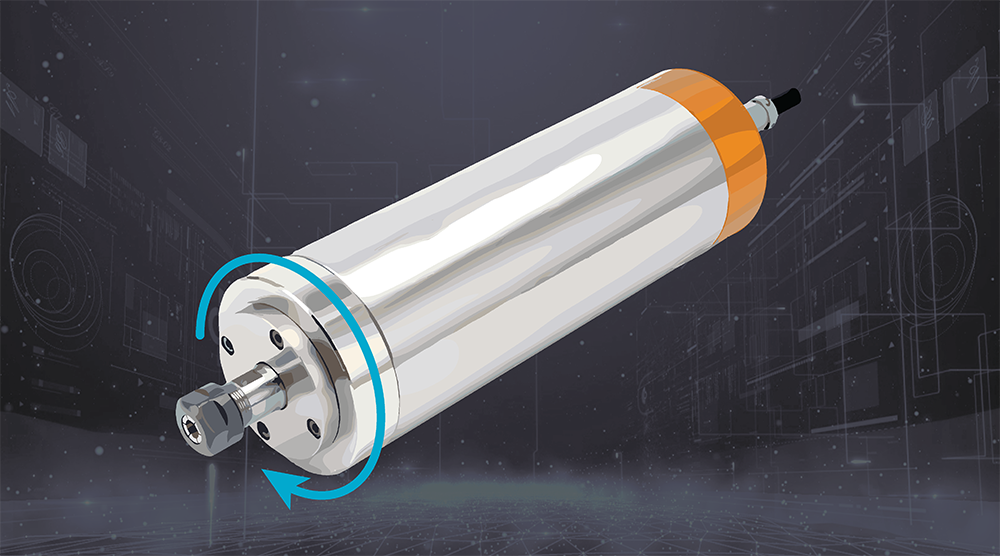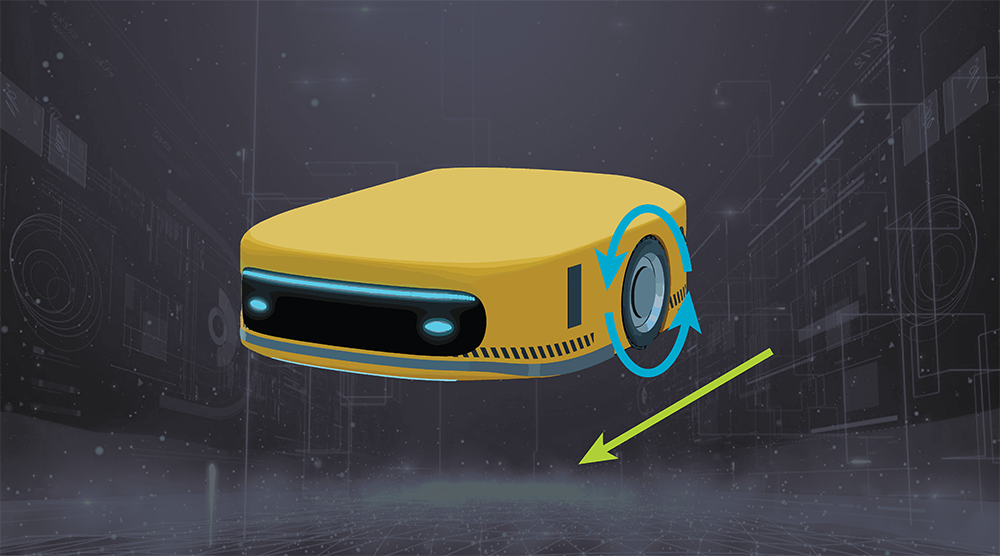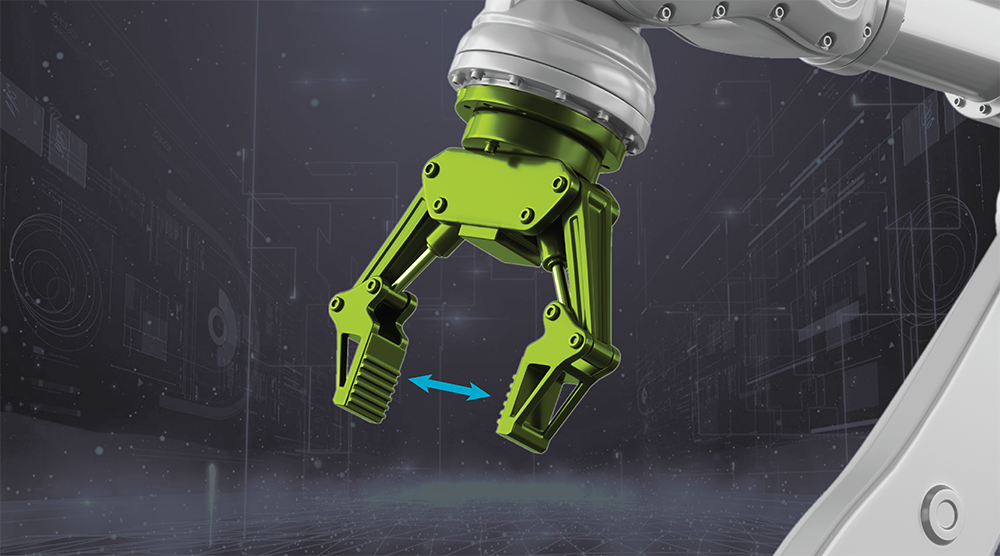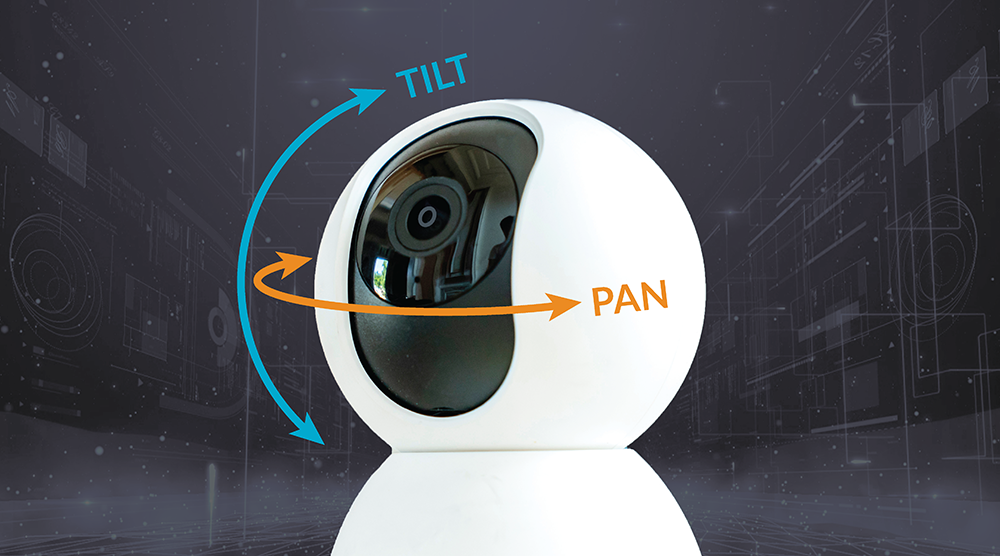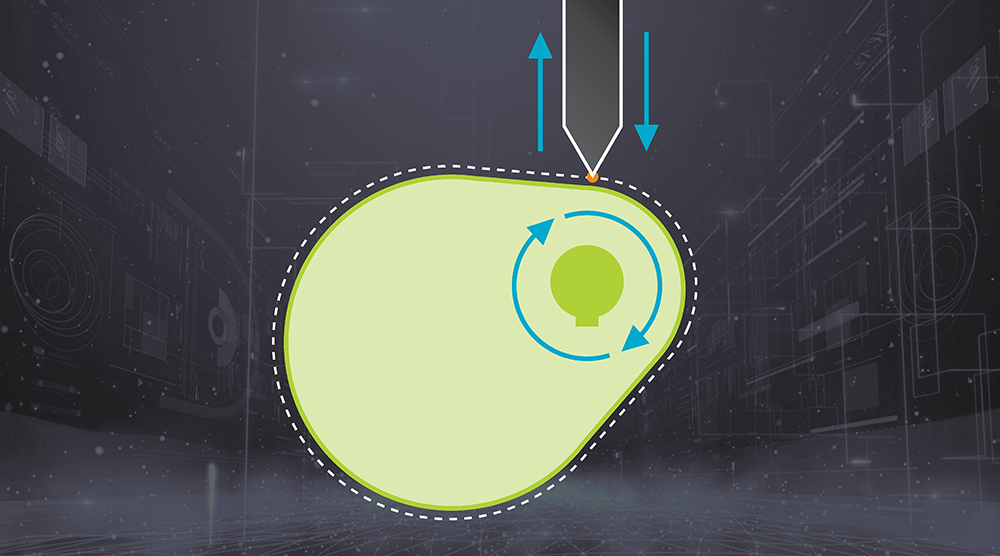Centrifuge control means controlling a high-speed rotating motor (usually a Brushless DC motor) such that it accelerates, coasts, and decelerates thereby separating via centrifugal force the payload - typically liquids, gels, or gasses. We often think of centrifuges as operating in a biological laboratory, and that certainly represents a big segment, but centrifuges are ubiquitous being found in chemical processing equipment, gas separation equipment, scientific analysis equipment and more. What connects all these applications is the need to drive the motor at high rotation speeds sometimes exceeding 50,000 RPM, with high efficiency and minimal motor heating.

